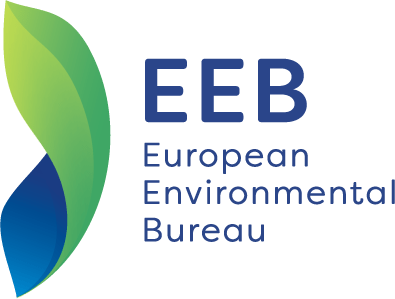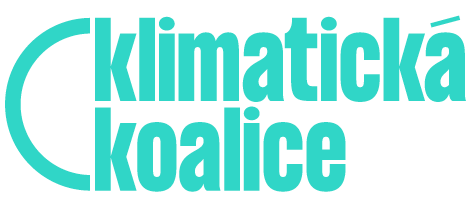31.3.2009 - The European Trade Union Confederation (ETUC) presented a list of priority chemicals for authorisation under REACH to the European Parliament. ETUC is calling on the Member States and European Commission for the 306 substances of very high concern on its list – especially the 191 that cause recognised occupational diseases – to be included on the candidate list of substances for authorisation under the REACH rules.
Chemicals bring benefits with which our society could not do without and there is no denying that the EU chemicals industry also contributes to our economic prosperity in terms of trade and jobs. However, European workers pay a high price for the use of chemicals in workplaces. About one in three of the occupational diseases recognised each year in Europe is due to the exposure to hazardous chemicals, according to the ETUI study REACHing the workplace.
Today’s presentation of the Trade Union Priority List at the European Parliament (EP) is hosted by the lead rapporteur for the negotiations on the regulation, Guido Sacconi. Mr Sacconi emphasised the timeliness of publishing this list as the crucial phase of REACH authorisation and the replacement of the most hazardous substances has began. It sets a strong signal signal to Member States and the European Commission and positions ETUC out as one of the main actors for informing workers and protecting human health and the environment.
ETUC aims to contribute to the practical implementation of REACH – the new EU law on trade in chemicals – and to the authorisation procedure in particular. The idea of authorisation under REACH is to identify the most hazardous chemicals currently on the European market, control risks arising from their use and replace them with safer alternatives.
All of the chemicals listed by ETUC are considered to meet the REACH criteria for classification as ‘substances of very high concern’ (see definition below). However, the trade union list goes further as it ranks chemicals by reference to their intrinsic toxicological properties and identifies those that cause occupational diseases which are recognised at EU level.
ETUC believes that including the union-listed chemicals in the candidate list for REACH authorisation would cut the incidence of chemical-related occupational diseases and the inherent costs for the community, workers and industry.
Explaining why trade unions across Europe have always backed an ambitious REACH regulation, ETUC Confederal Secretary Joël Decaillon stated that ‘the future of Europe’s chemicals industry depends on it producing and marketing chemicals that are safer for human and environmental health’. He went on to say that: ‘Only if the most dangerous chemicals currently on the market are replaced at the earliest opportunity by safer alternatives will the fight for innovation and competitiveness be won, bringing more and better jobs with it’.
Explanatory notes
* See the Trade Union Priority List for REACH Authorisation http://www.etuc.org/a/6023
* Substances of very high concern include:
* carcinogens, mutagens and reprotoxins (CMR), classified in category 1 or 2;
* persistent, bioaccumulative and toxic (PBT), and very persistent and very bioaccumulative (vPvB) substances, i.e. those that break up slowly or not at all, and that accumulate in the environment and are toxic.
* substances identified, on a case-by-case basis, from scientific evidence as causing probable serious effects to humans or the environment of an equivalent level of concern as those above (e.g. endocrine disrupters).
* The new EU regulation to control the trade and use of chemical substances REACH (Registration, Evaluation, Authorisation of Chemicals) came into effect in June 2007. It requires manufacturers and importers of chemicals to register them with the European Chemicals Agency (ECHA) as proof that they can be used safely. For chemicals of very high concern, industrialists must also get authorisation for each use in order to continue marketing them. An estimated 30,000 or so chemicals will have to be REACH-registered. The number of substances of very high concern on the European market could be anywhere between 1,500 and 2,000.
* Formaldehyde is an example of substance of very high concern on the Trade Union Priority List. It is used mainly in the production of various types of resins for adhesives and binders in wood products, pulp and paper, in the production of plastics and coatings and in textiles finishing. It is also used as a disinfectant and preservative in many applications. Annual world production is about 21 million tonnes. Occupational exposure to formaldehyde therefore occurs in a wide variety of occupations and industries. Formaldehyde is classified as a human carcinogen by the International Agency for Research on Cancers (IARC) and causes sensitisation of the skin. It is included in the Commission recommendation concerning the European schedule of occupational diseases. Formaldehyde can often be replaced by safer alternatives or processes.


